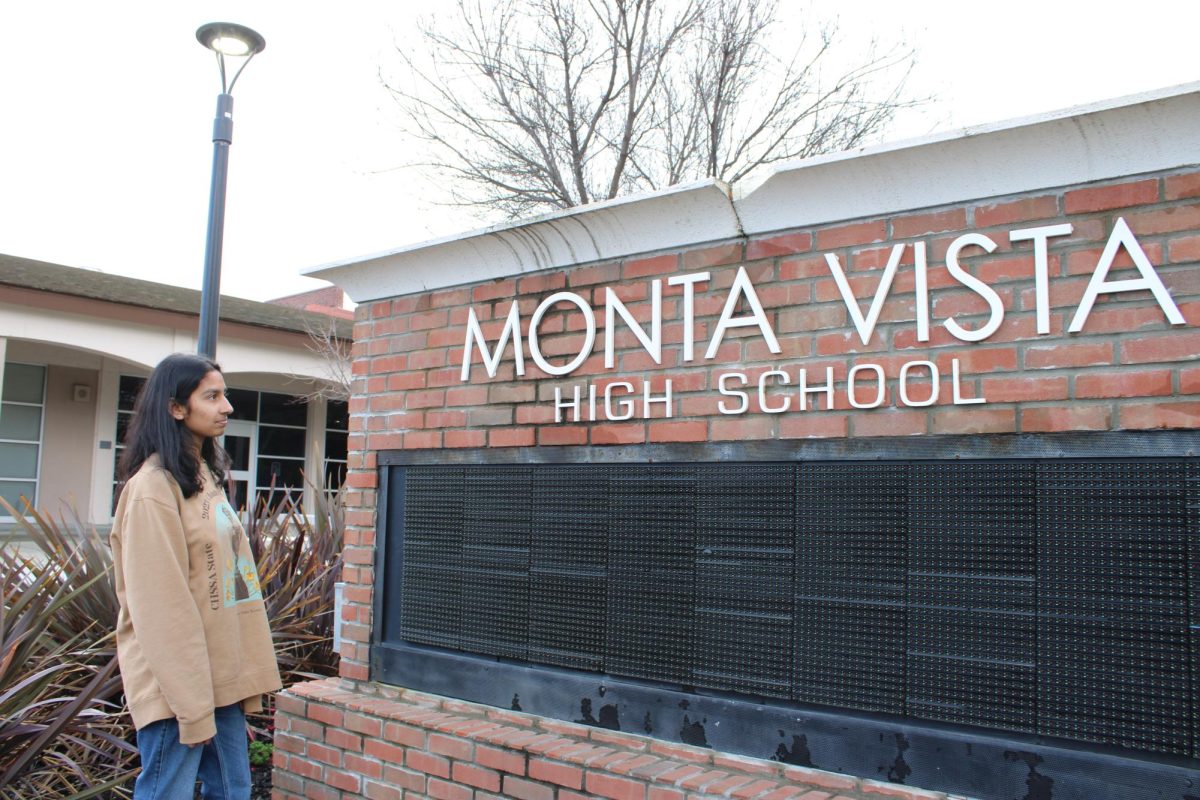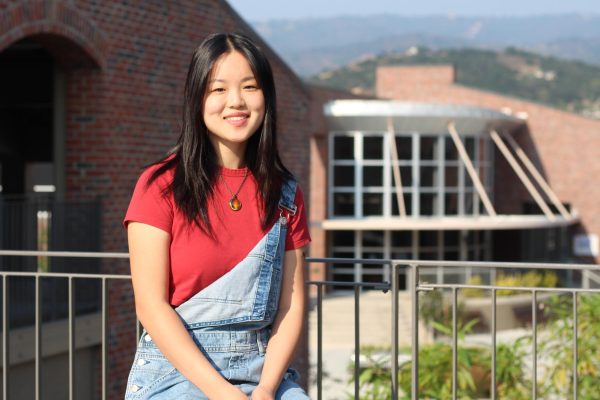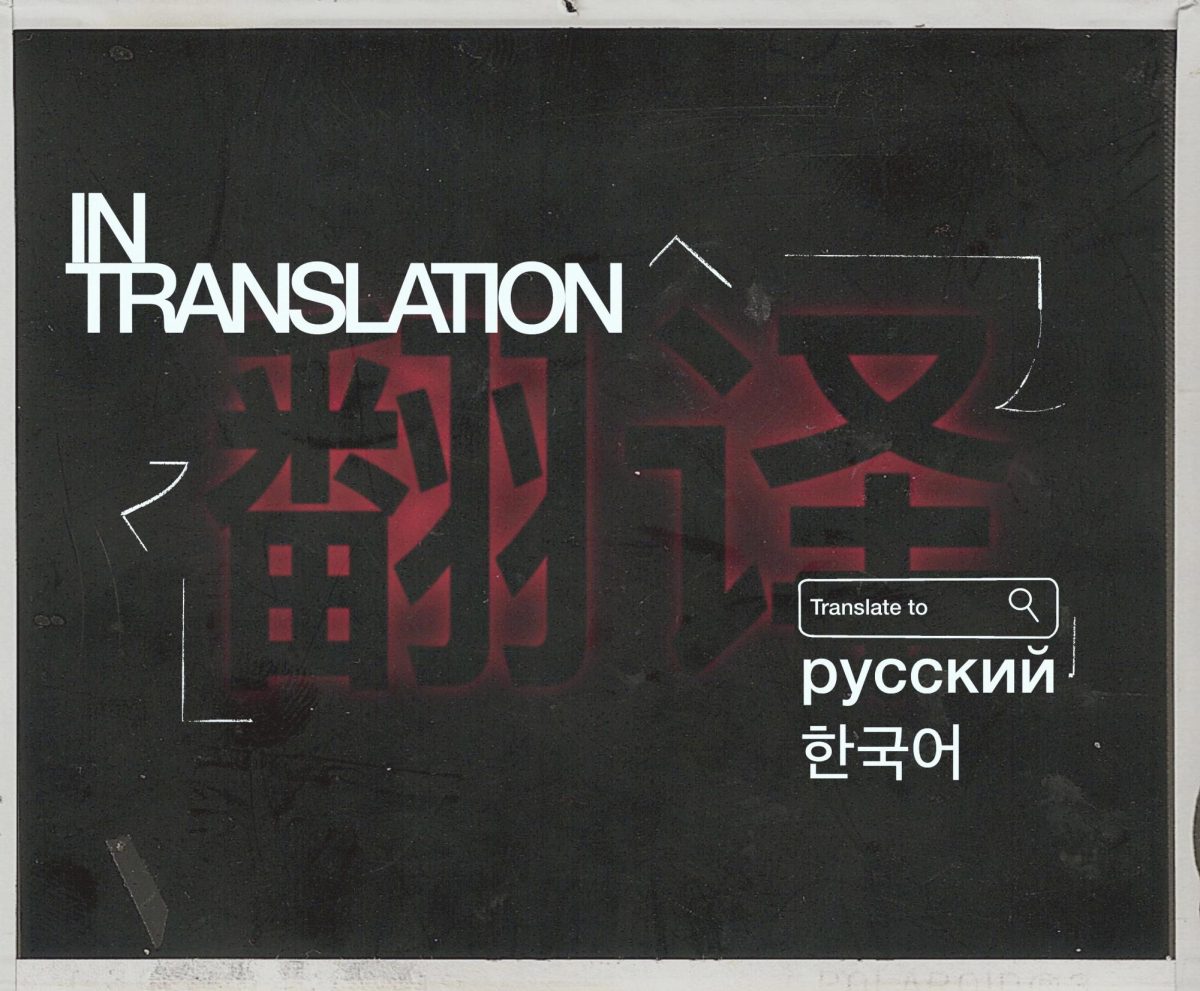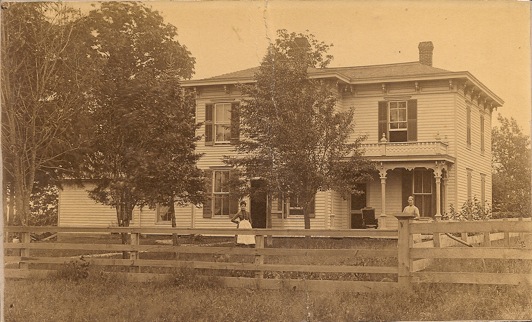It was a sunny August morning when senior Samhita Kashyap, then a sophomore, first stepped foot into MVHS after moving from Weston, Florida. Finding herself lost in navigating the unfamiliar campus and new grading systems, Kashyap mustered up the courage to reach out to her new peers for help. What initially seemed like a simple request was unexpectedly met with a series of rejections accompanied by excuses blamed on tests and busyness. She watched as her courage to ask for help faltered with each decline she received.
Kashyap has called countless places home, having lived in several cities around the U.S. Despite learning to adapt to new environments, Kashyap says moving to the Bay Area and transferring to MVHS from Florida public high school Cypress Bay posed unexpected challenges and a difficult period of adjustment. The strong individualistic culture and lack of benevolence amongst students was one of the many flaws Kashyap saw within the MVHS culture.
“What seems like a simple thing — to say no to someone who asks you for help — might be the last time that someone asks anybody for help,” Kashyap said. “I thought that the students here would be students like me. I care a lot about social justice, but there’s a self prioritization here that I feel like I never blended into. Community relationships are an aspect that is almost absent. We have service clubs here but it’s service for college, versus service for the pure sake of just giving back.”
Though she considered herself academically competitive before her transfer, Kashyap found that the academically-driven philosophy at MVHS resulted in a difficult shift from her previous school. Kashyap describes Cupertino as a bubble where students narrow their lives down to their often STEM-oriented and college-focused academic career. While Kashyap felt she fell under similar categories, she says she was especially challenged by the culture where students have seemingly been molded into these standards.
“It’s like switching hands if you’re not ambidextrous,” Kashyap said. “Obviously a weapon that’s polished over 12 years is going to look different than a weapon that’s been polished for three years. There’s almost an unintentional social barrier between MVHS and kids that move in that just makes you constantly feel like an outsider. Even two and a half years after moving here, I still feel like I’m not really from here.You just don’t know it until you face it.”
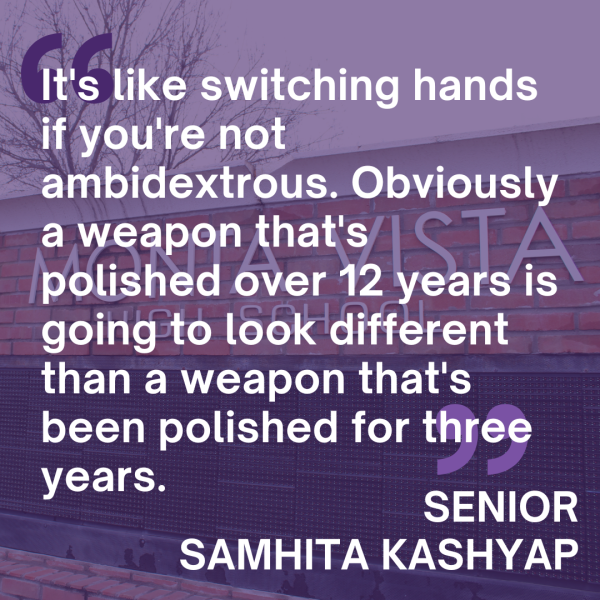
According to Biology and Physiology teacher Lora Lerner, a transfer student’s academic success is often determined by how challenging their previous school was, which Kashyap agrees with.
“If they came from a school where they weren’t necessarily in a certain class, or they were in a class that wasn’t doing the same kinds of things, they often have a hard time catching up at MVHS because they don’t have a fundamental understanding,” Lerner said. “Sometimes they have a strong academic history and they can just catch up. Sometimes they were already struggling or didn’t have very strong reading or study skills, or went to schools where they just weren’t getting a lot of good education. Those are the ones I see struggle the most.”
Prior to finalizing her transfer to MVHS, Kashyap researched comprehensively on the culture, yet still found herself unprepared for the level of competition. Similarly, junior Konstanze Forst’s transition proved to be a struggle despite being aware of the academic difficulty of MVHS. Born in Chicago, Forst moved to Shanghai, China at the age of seven and attended an international American school until she transferred to MVHS her sophomore year. Thrust into an environment more intense than her previous school, Forst found herself self-conscious of where she fell short.
“I expected the competitive nature of MVHS but I just didn’t expect it to have so much of an impact on me,” Forst said. “It leaves a big effect on how you look at yourself and how you look at yourself compared to others. Coming here has made me realize that people are doing so much and maybe I should also try and create opportunities for myself to be better.”
Acknowledging the difficult social and academic transition transfer students face, Lerner tries to make the challenging shift easier by finding ways to introduce her new students to new people. Since a transfer student’s old grade transcripts are merged with their new grades, their final grades end up becoming more of an arbitrary decision made by the teacher. As a result, Lerner makes an effort to ensure the student’s efforts and growth are reflected in their grade.
“I try to seat them next to somebody who’s naturally friendly or just make a point of telling the other students, ‘Hey, this person’s new to the school, you might want to tell them a little bit about what’s going on,’” Lerner said. “Student tutors can be really helpful for this because they can reach out a bit more or spend a little extra time, so I do anything I can to make it easier for them both academically and socially.”
While the MVHS community often prides itself on diversity and inclusion, Kashyap believes that, at a certain point, the hyper-focus on differing backgrounds can alienate students like her. Coming from a school in Florida with a naturally diverse student body in terms of ethnic background, socioeconomic status and interests, Kashyap feels she was able to define her own set of interests and values. However, Kashyap says that the sheltered experiences of Bay Area students leads to a lack of understanding of experiences outside of the bubble they live in, as much of the MVHS demographic comes from a similar racial and socioeconomic background. Kashyap says this discrepancy often creates a divide between native Cupertino students and students new to the area.
“I was known as the Florida girl,” Kashyap said. “At the end of the cross country season, my banquet certificate said ‘the Florida runner’ and it’s almost jarring that the only quality somebody could ever think of me after a season of cross country was that I moved from another state. In Cupertino, we’re empathetic but we’re not compassionate. It’s one thing to acknowledge the existence of problems, but it’s another thing to really feel compassion. When somebody says that their family can’t afford a meal, that’s just something we don’t understand. I’ve attended schools with students from low income backgrounds, and it makes you more sensitive to issues because you see how it affects a student rather than just a statistic that you’ve read about.”
Kashyap addresses another common, problematic experience embedded within MVHS — a relentless chase for academic superiority and the egocentric character that builds within students. Forst echoes this sentiment, observing a comparative culture where peers measure one another by their academic achievements.
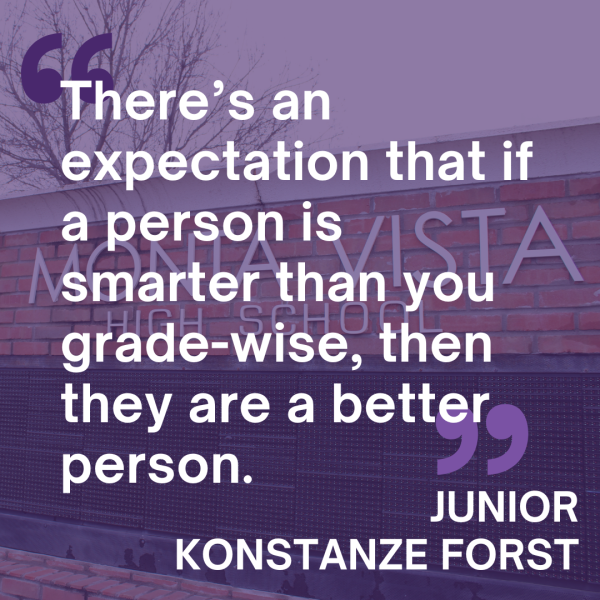
“There’s an expectation that if a person is smarter than you grade-wise, then they are a better person,” Forst said. “People easily judge you based on your academics. You hear people talk about other people and put them on a pedestal for some great academic achievement. There’s not much you can do about the competition because it’s ingrained into the students’ minds.”
Believing that the valuable lessons and character growth students receive from a high school education is worth more than badges of academic success, Kashyap expresses her disillusionment in seeing peers at MVHS adopt a shared set of ideals of self-prioritization and individuality. Kashyap hopes to see a shift toward a focus on community building and inclusivity — an environment she believes would help facilitate new students through a jarring shift.
“There’s a work-hard mentality of ‘If you’re not ready to work hard, then you’re doing something wrong,’” Kashyap said. “It’s like you’re blind to the issues. It’s like there’s fog everywhere so you don’t see anything. And you just don’t realize but then if you step out of the flames and just look at the flames, you’re like, ‘Wait, the entire house is burning down and I was in there. Why was I in there?’”
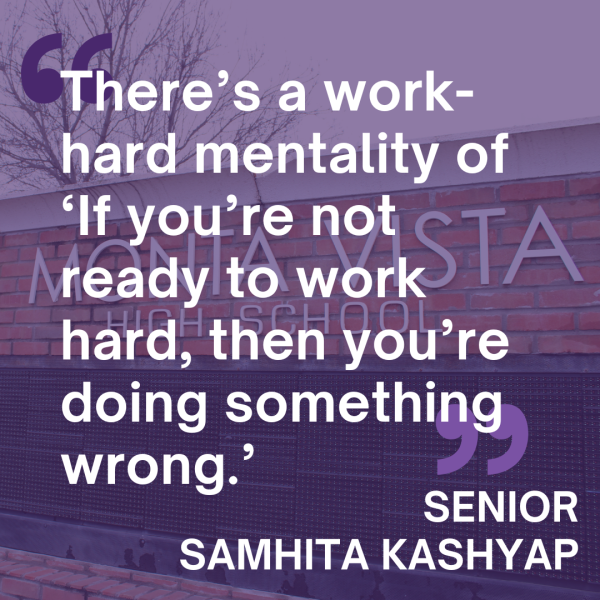
Despite MVHS’s academic difficulty and challenging transfer experience, Forst believes that over time, transfers can learn to adapt to the culture.
“Once you overcome those barriers, you find your group of people and you get used to that lifestyle, then you’re pretty much integrated,” Forst said. “I think that’s just the toughest part — the first period of when you first arrive and you’re just trying to adjust to everything. But I feel eventually, you get used to it and you just go on.”



















